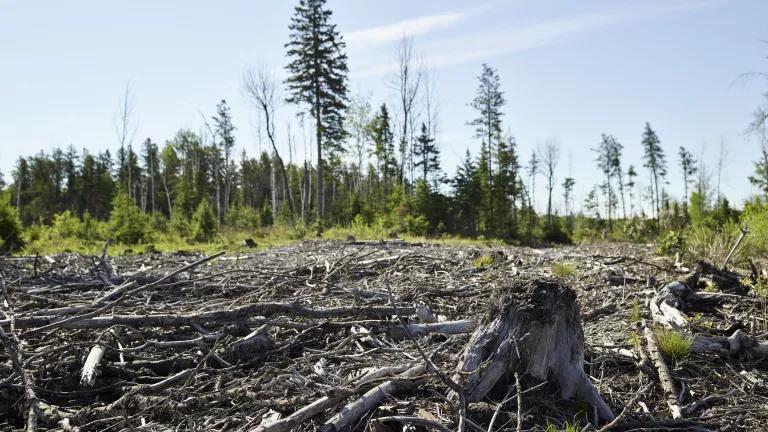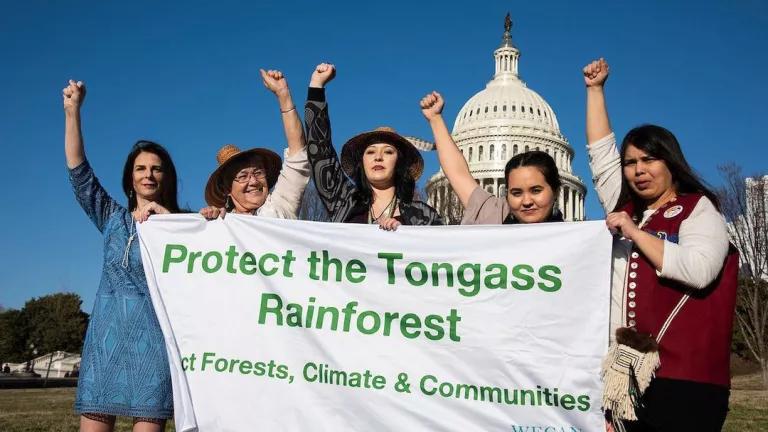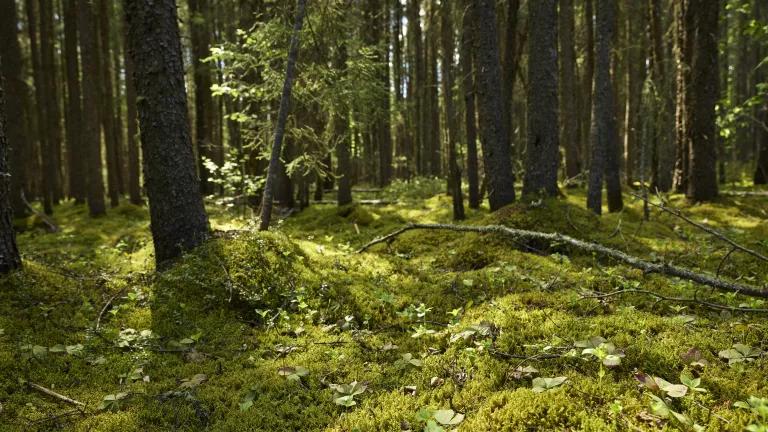Doing What’s Right at the National Bison Range
The Confederated Salish and Kootenai Tribes seek to manage the bison they conserved over 100 years ago. It's time to make that happen.
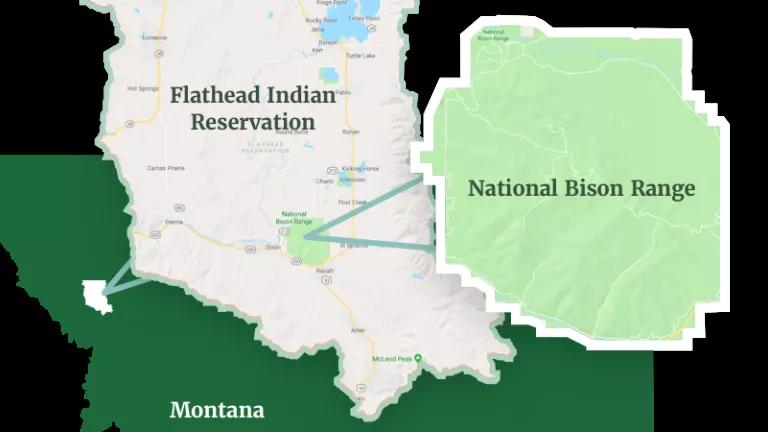
The National Bison Range is an 18,766-acre national wildlife refuge managed by the U.S. Fish and Wildlife Service. It is located in the center of the Flathead Indian Reservation on land that was once held in trust for the Confederated Salish and Kootenai Tribes (CSKT or Tribes) pursuant to the Hellgate Treaty.
After generations of disenfranchisement, the Tribes spent decades pursuing shared-management agreements with the U.S Fish and Wildlife Service. The Tribes now believe it is time they get to manage the bison they conserved over 100 years ago. We agree.
History
Starting in the 1830s, the U.S. government began taking aggressive actions to remove tribes from their homelands and consign them to reservations. As part of this effort, the United States government signed the Hellgate Treaty of 1855 establishing the 1,250,000-acre Flathead Reservation as the CSKT’s permanent homeland.
In the 1870s, Ɫatatí (Little Falcon Robe), a Ql̓ispé (Pend d’Oreille) Tribal member witnessed the devastating extirpation of bison taking place in his Tribe’s historic territory—and across the American West. In a heroic response to this slaughter, Ɫatatí established a small bison herd on rolling hills of the Flathead Reservation, west of the Continental Divide in Montana. Ɫatatí’s actions were pivotal to conserving the species and later restoring bison on the land that became the National Bison Range in Montana and in Yellowstone and other national parks.
In the early 1900s, under objection by the CSKT, the U.S. government opened the Flathead Indian Reservation to non-Indian settlement and the lands that were initially promised to them in the Hellgate Treaty began to be settled by non-tribal residents. And, in 1908-1909, again under protest from the Tribes, the U.S. government unlawfully carved land out of the Flathead Reservation for what is now the National Bison Range. The taking of the land was held to have been unconstitutional by a federal court in 1971.
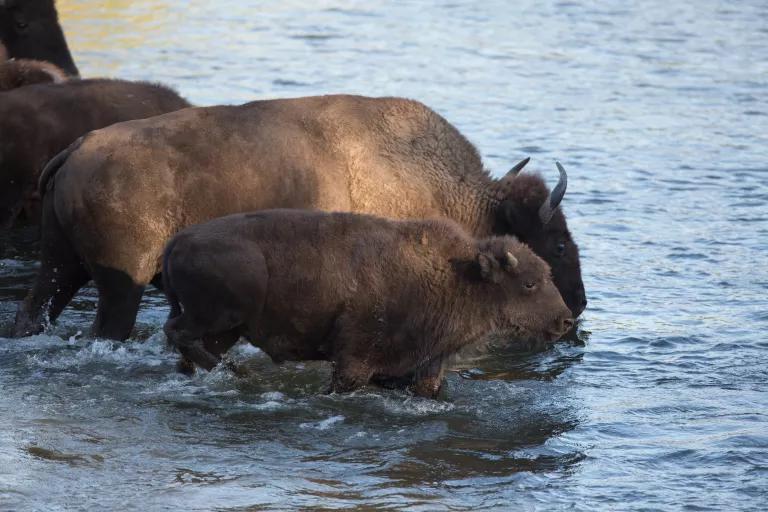
A bison cow and calf in water at the National Bison Range, which today is home to a herd of 250-300 bison.
Honoring the Tribes’ Conservation Legacy
The CSKT are well positioned to manage the bison range. For thousands of years the Tribes have had a cultural and spiritual relationship with bison and the Mission Valley landscape. And, the Tribes have a wildlife and land conservation legacy that demonstrates their commitment and knowledge of land and wildlife stewardship. Their achievements include:
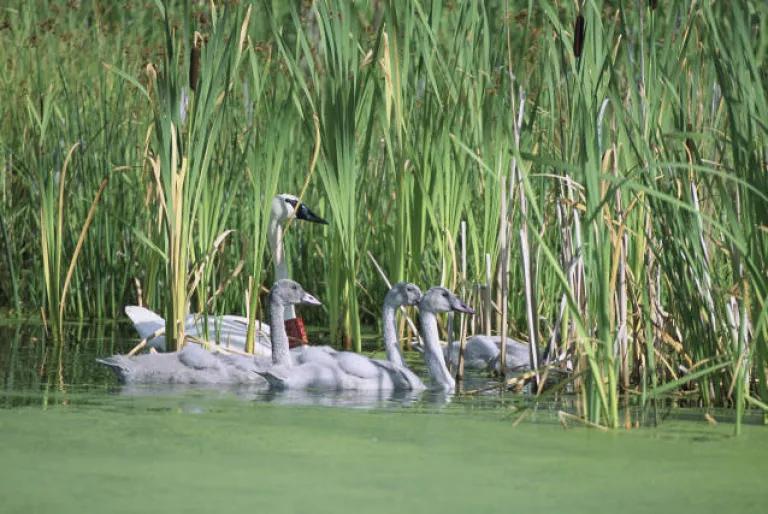
The CSKT reintroduced trumpeter swans in the Mission Valley
- Protecting thirty percent, or 400,000 acres, of the Flathead Reservation for fish, wildlife, and cultural conservation.
- Creating the 92,000-acre Mission Mountains Tribal Wilderness, the first actively-managed tribal-designated Wilderness area in the United States, and then establishing a 23,000-acre wilderness buffer zone to support it and the wildlife who depend on it.
- Reintroducing trumpeter swans, peregrine falcons, northern leopard frogs, and Columbian sharp-tailed grouse to the Mission Valley.
- Restoring the meandering bends of the Jocko River that provide habitat for westslope cutthroat trout, bull trout, and countless other species that depend on the revived riparian areas.
- Redesigning and building—in partnership with state and federal highway managers—U.S. Highway 93 to include 43 wildlife crossing structures. Called “The People’s Way,” the improvements along this stretch of highway have resulted in the preservation of human life and property and reduced the number of wildlife that perish on the highway.
It’s Time
It’s time to honor the Tribes’ foresight, their historic, cultural, and spiritual connection to the land, and their record as a natural resources and wildlife manager. Let’s do what is necessary to enable them to manage the bison range, on land the Tribes reserved with the signing of the Hellgate Treaty, and the bison they conserved over a century ago.


